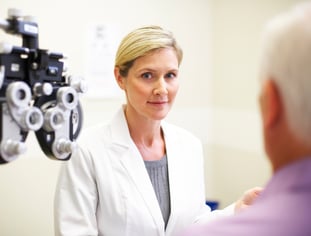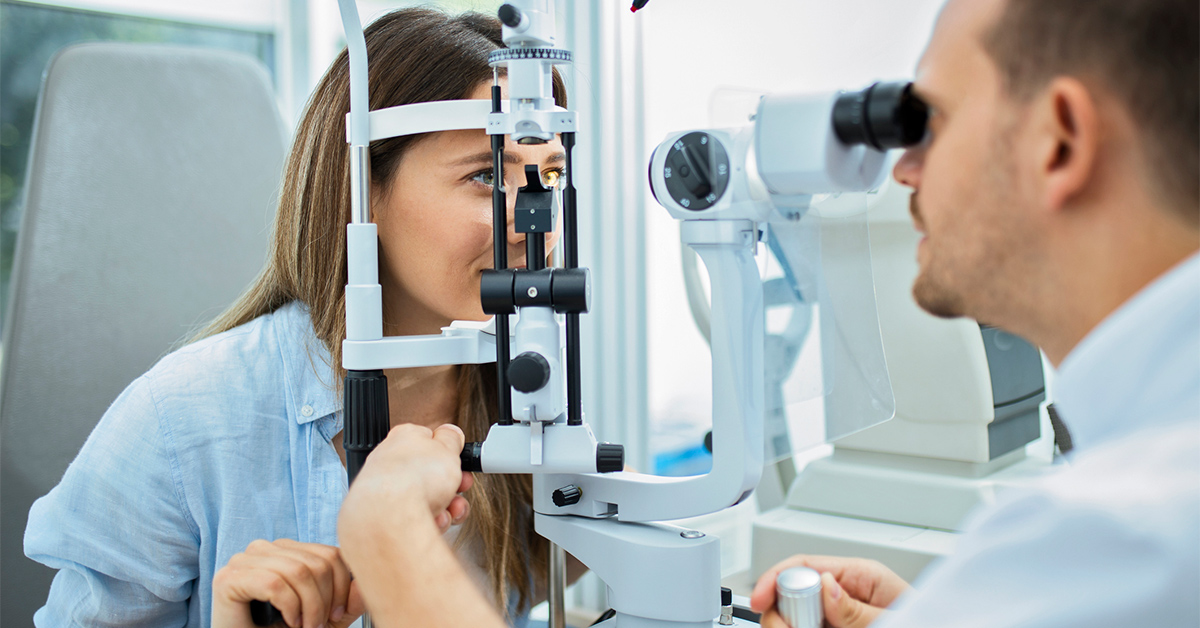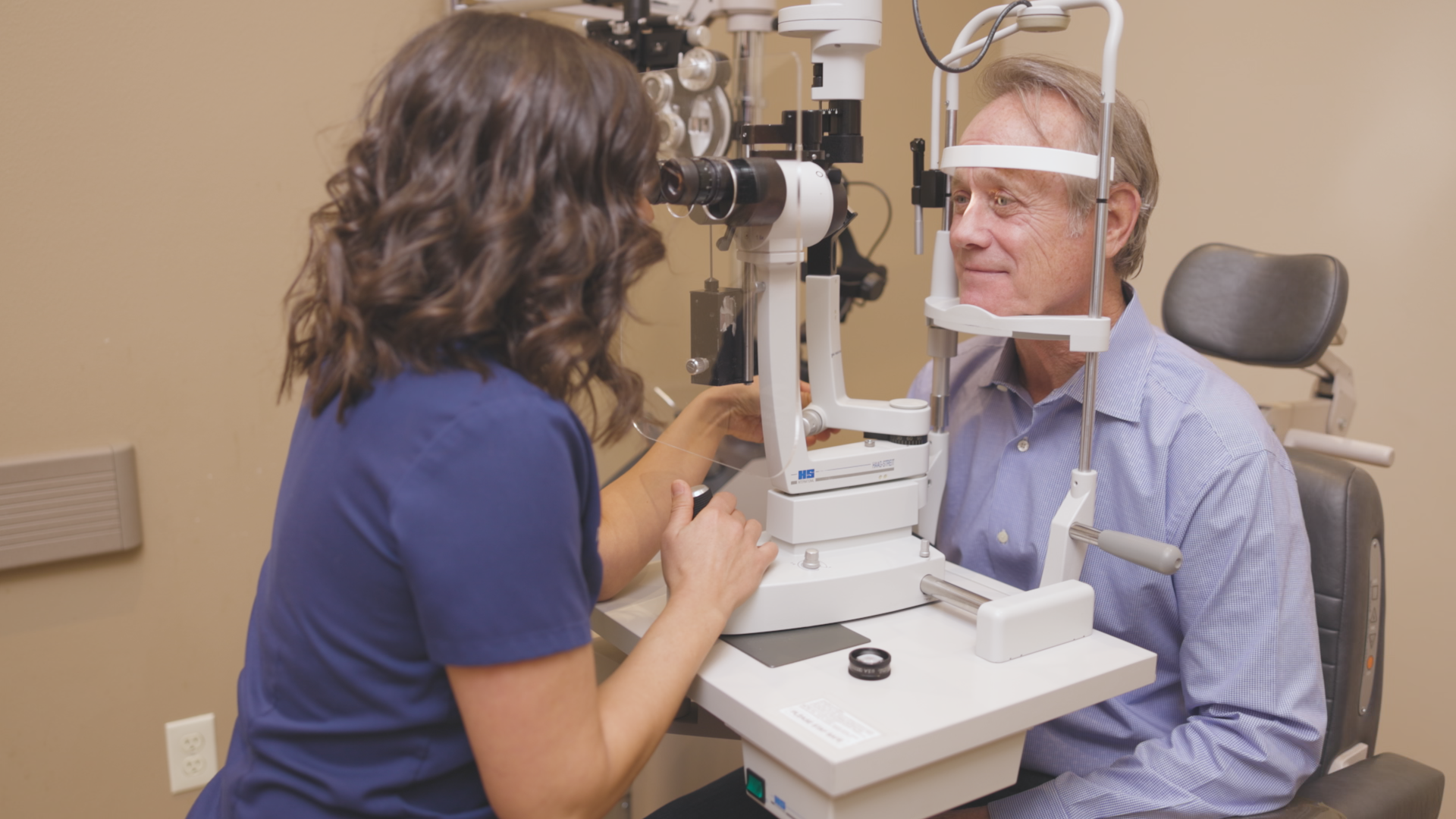How an Eye Doctor Can Change Your Vision Health in Chino
How an Eye Doctor Can Change Your Vision Health in Chino
Blog Article
Checking Out the most up to date Technical Innovations in Optometry and What They Mean for Optometrists
From the accuracy of Optical Comprehensibility Tomography to the nuanced understandings supplied by AI-driven diagnostic tools, these innovations are setting new requirements in client analysis and treatment. As these developments penetrate the technique, eye doctors are faced with the challenge of embracing these tools to boost patient outcomes.
Technologies in Diagnostic Devices
Advancing the area of optometry, innovations in diagnostic tools have reinvented the way eye treatment experts evaluate and identify eye problems and visual impairments. The past decade has actually witnessed considerable technological innovations, enabling more precise and comprehensive analyses. Optical Coherence Tomography (OCT), for example, supplies high-resolution cross-sectional pictures of the retina, permitting the early detection of diseases such as glaucoma and age-related macular degeneration. This non-invasive imaging technique has ended up being indispensable in contemporary optometric method.
Another secret development is the introduction of advanced corneal topography systems, which map the surface area curvature of the cornea with precision. These devices are especially advantageous for fitting contact lenses and identifying corneal problems. Moreover, electronic retinal imaging has actually changed standard ophthalmoscopy, supplying thorough, breathtaking views of the retina that promote thorough aesthetic exams.
The growth of wavefront aberrometry has actually likewise been important, making it possible for the analysis of refractive mistakes with unrivaled accuracy (Optometrist Chino). This innovation aids in personalizing restorative lenses and enhancing medical end results for refractive surgical procedures. Jointly, these diagnostic improvements encourage eye doctors to supply superior client treatment, ensuring early treatment and tailored treatment strategies, inevitably improving aesthetic health end results
AI in Patient Monitoring
Structure on the foundation of innovative diagnostic tools, the unification of fabricated intelligence (AI) in client management represents a transformative leap for optometry. AI systems are progressively employed to enhance efficiency, precision, and personalization in person care.
In addition, AI-driven systems assist in streamlined individual communications and administrative procedures. Automated scheduling, virtual assessments, and personalized follow-up strategies not only boost individual fulfillment however likewise optimize time management for professionals. These systems can triage people based upon the urgency of their conditions, making certain that those in crucial demand get punctual focus.
Additionally, AI improves decision-making by giving optometrists with evidence-based recommendations and treatment paths. By incorporating data from digital health documents, AI tools offer understandings that educate clinical decisions, lowering the threat of mistakes and improving person results. As AI continues to evolve, its duty in individual monitoring will likely increase, reshaping the landscape of optometric care.
Breakthroughs in Retinal Imaging
In the world of optometry, retinal imaging has experienced impressive technological innovations that are boosting analysis capacities and patient treatment. Technologies such as Optical Coherence Tomography (OCT) and fundus photography have actually changed just how eye doctors examine the retina and picture. OCT, in specific, supplies high-resolution, cross-sectional photos of the retina, enabling the thorough examination of its layers. This capacity is vital for early discovery and management of conditions like glaucoma, diabetic retinopathy, and age-related macular degeneration.
Boosted imaging modalities like OCT angiography are additional refining analysis click for more info accuracy. Eye Doctor. Such innovations assist in the recognition of min retinal modifications that can represent condition progression.
In addition, improvements in artificial intelligence are increasing retinal imaging by making it possible for automatic analysis of big datasets. These systems assist eye doctors in recognizing patterns indicative of pathology, thus improving diagnostic accuracy and effectiveness. Collectively, these developments are changing retinal imaging into a keystone of modern eye treatment, improving results and expanding therapeutic opportunities.
Teleoptometry's Growing Role
Teleoptometry is increasingly coming to be an essential part of eye care, driven by advancements in digital communication and analysis tools. This is particularly advantageous in underserved and rural areas where accessibility to specialized eye care is usually restricted.
The assimilation of fabricated knowledge (AI) additional boosts teleoptometry, enabling the evaluation of aesthetic information and helping in the detection of eye problems such as glaucoma and diabetic retinopathy. AI-powered algorithms can rapidly interpret intricate imaging data, giving optometrists with beneficial insights that boost medical decision-making.
In addition, teleoptometry sustains connection of care with visit this site smooth integration with electronic health and wellness documents (EHRs), permitting optometrists to keep extensive person histories. This makes certain that patients receive personalized and consistent care also when speaking with various practitioners.
Regardless of these benefits, challenges remain, including making certain information safety and taking care of patient assumptions. Teleoptometry stands for a considerable stride in the direction of even more available, reliable, and patient-centered eye care. As technology develops, its duty is poised to increase further.

Future Trends in Eye Treatment
A myriad of ingenious patterns is set to reshape the future of eye treatment, driven by technical advancements and the evolving needs of individuals. One substantial pattern is the integration of expert system (AI) in diagnostics, which guarantees to enhance the precision and performance of eye evaluations. AI formulas can analyze huge amounts of information from retinal pictures, potentially detecting conditions like diabetic retinopathy and glaucoma earlier than standard approaches.
Moreover, customized medicine is gaining grip in optometry, with hereditary testing educating customized therapy strategies. This strategy intends to enhance person end results by customizing interventions to individual hereditary profiles. Wearable innovation, such as wise contact lenses, is also imminent, offering real-time surveillance of intraocular stress or sugar levels, hence giving continuous insights right into eye and systemic health.
The fostering of increased reality (AR) and online reality (VIRTUAL REALITY) in training and individual education and learning is one more arising pattern. These technologies offer immersive experiences that can enhance understanding and skills both for clients and optometrists. As these fads progress, eye doctors need to stay abreast of technological developments to supply next advanced treatment, making certain better person outcomes and satisfaction in the vibrant landscape of eye care.
Final Thought

Collectively, these diagnostic developments equip eye doctors to deliver exceptional client treatment, making sure early intervention and customized therapy techniques, inevitably improving aesthetic health outcomes.

As these innovations proceed to progress, eye doctors need to adapt and incorporate them right into technique, eventually optimizing operations efficiency and elevating the requirement of eye treatment delivered to individuals.
Report this page